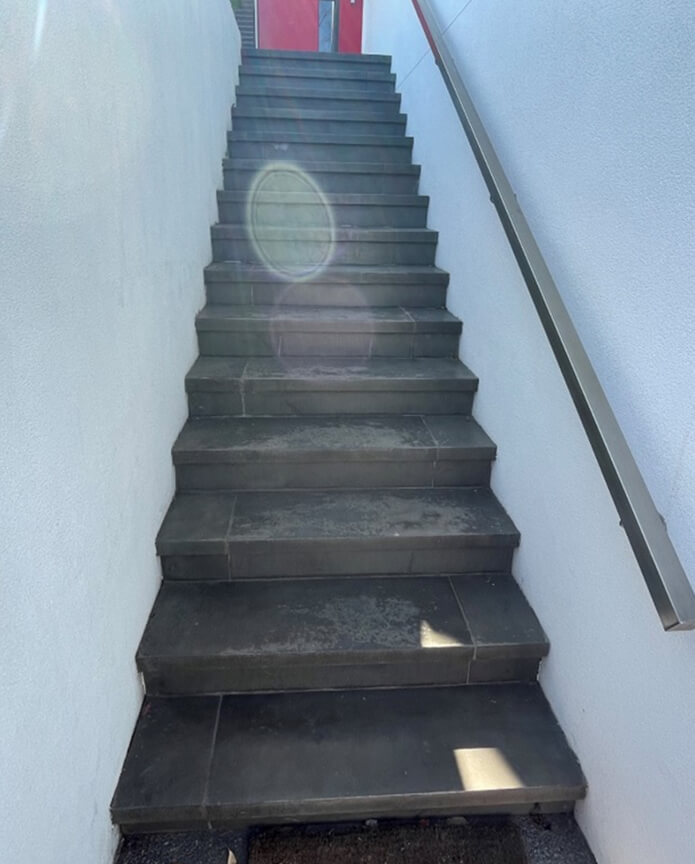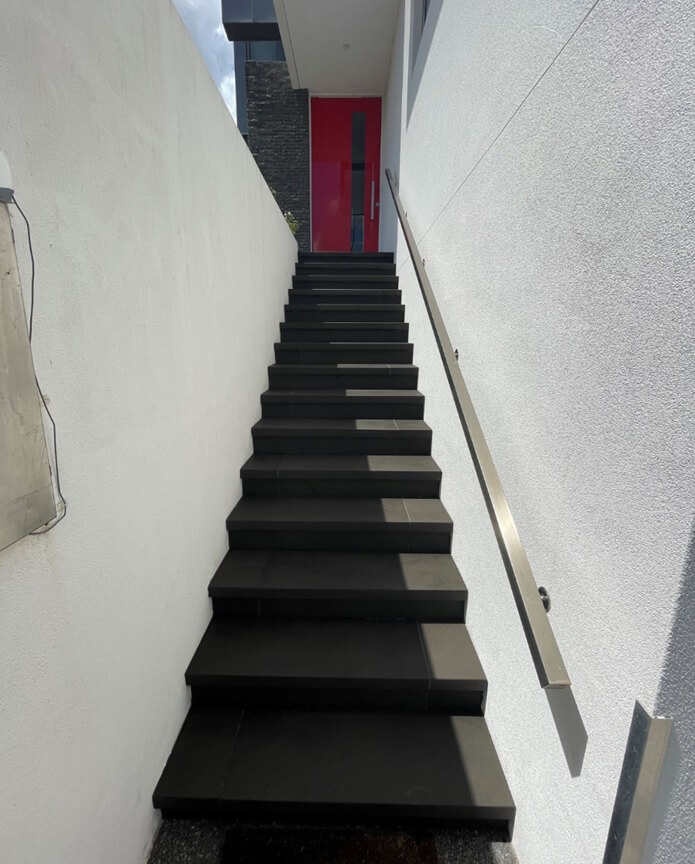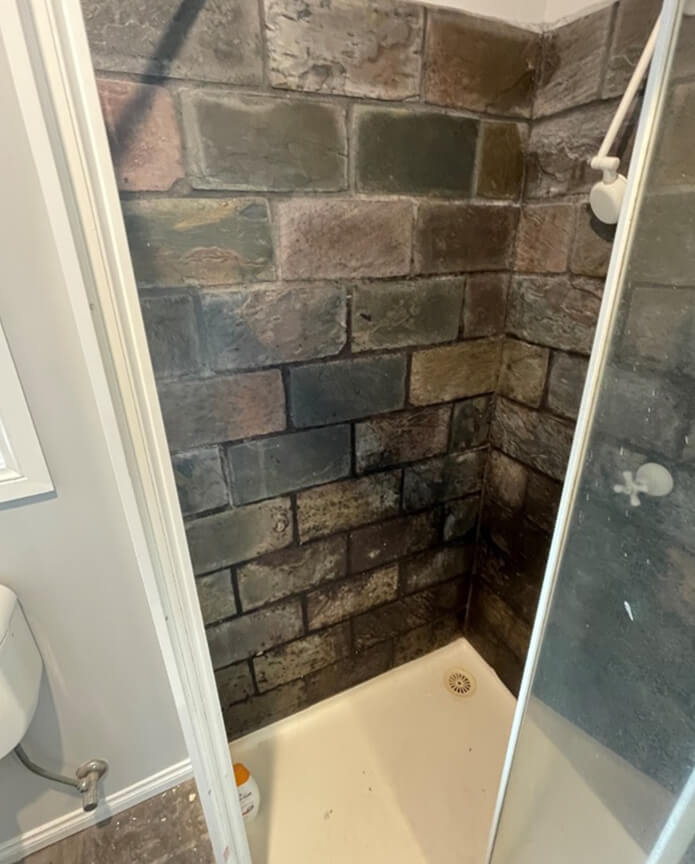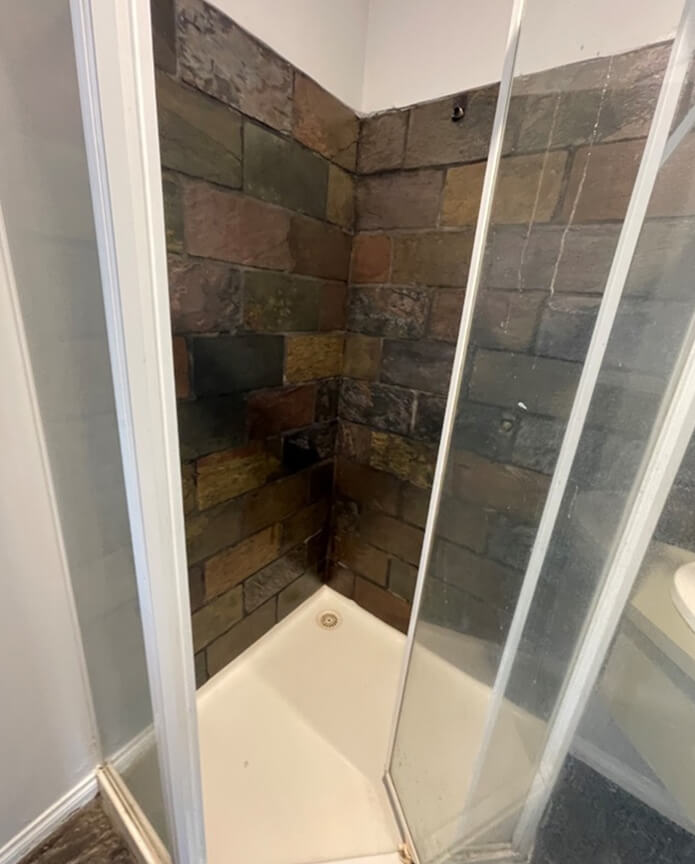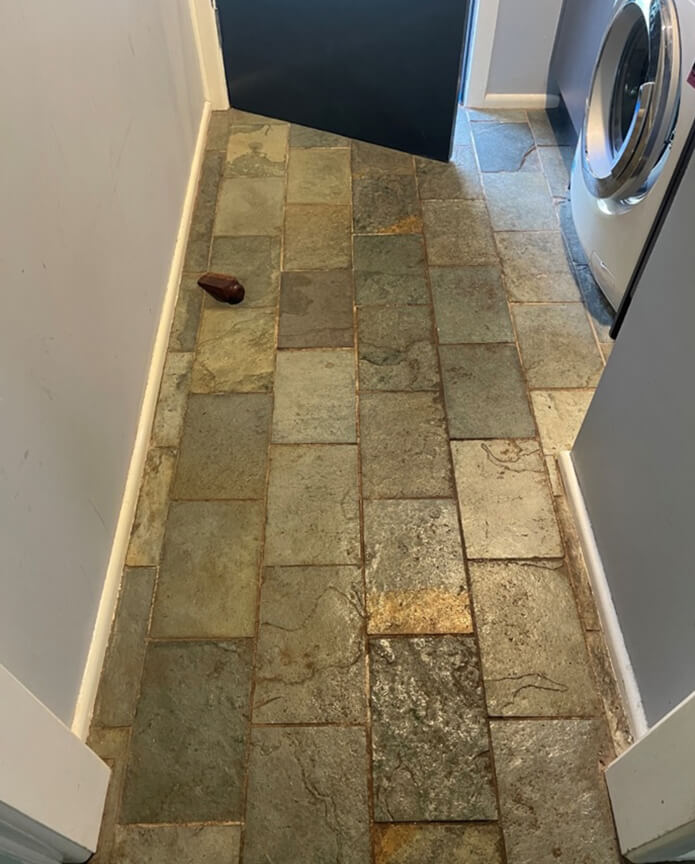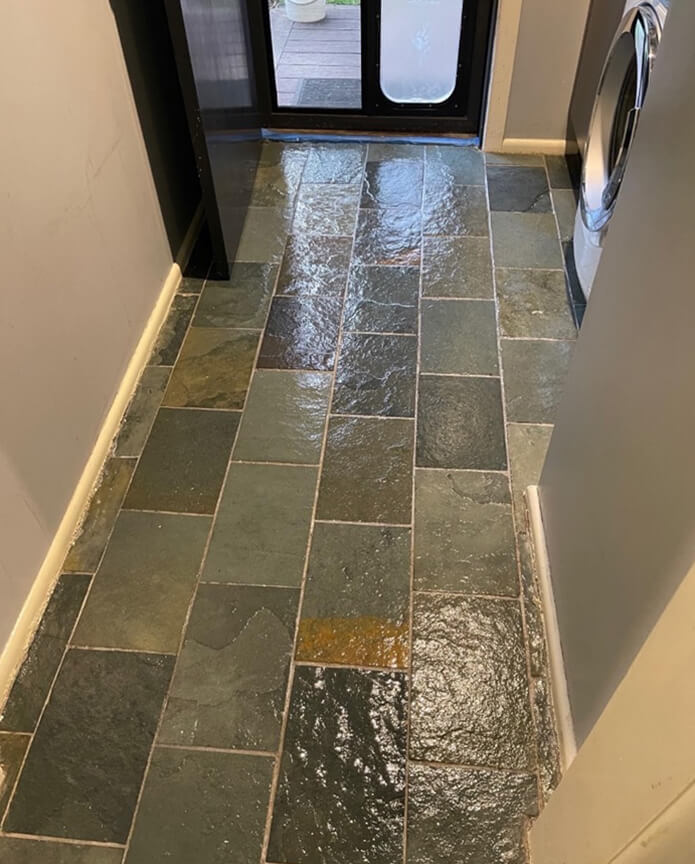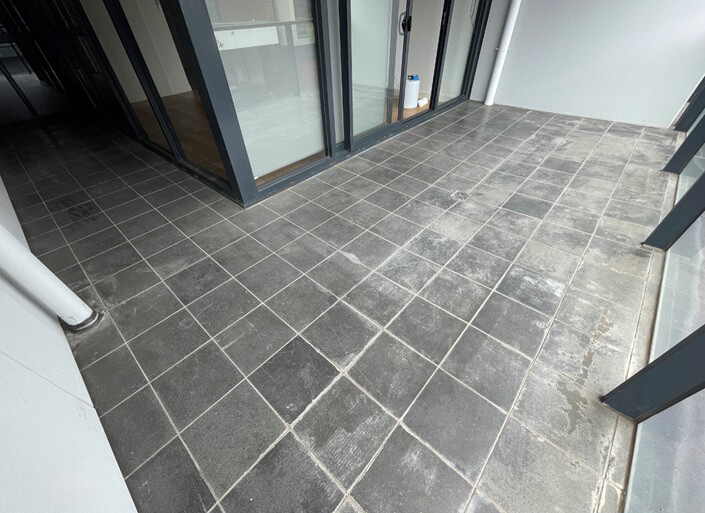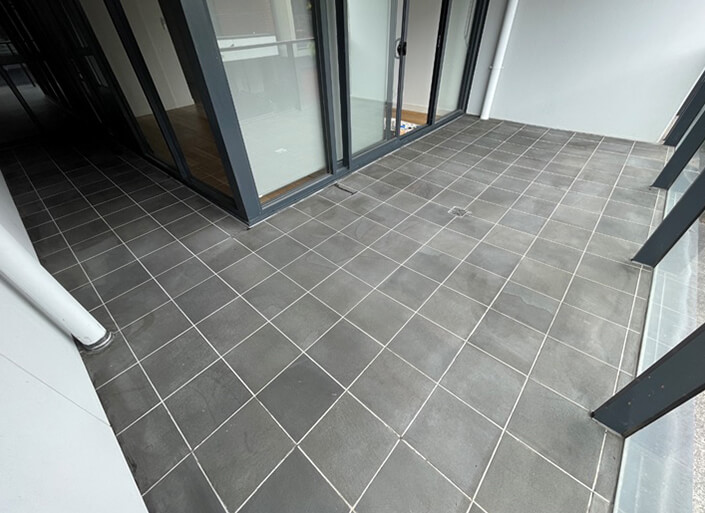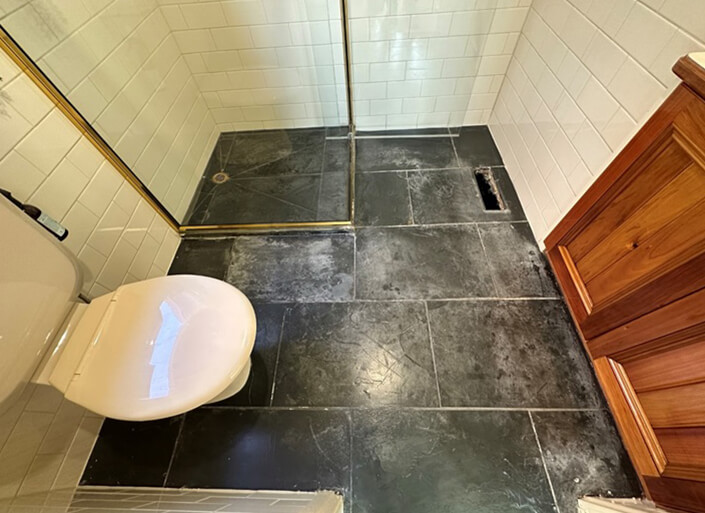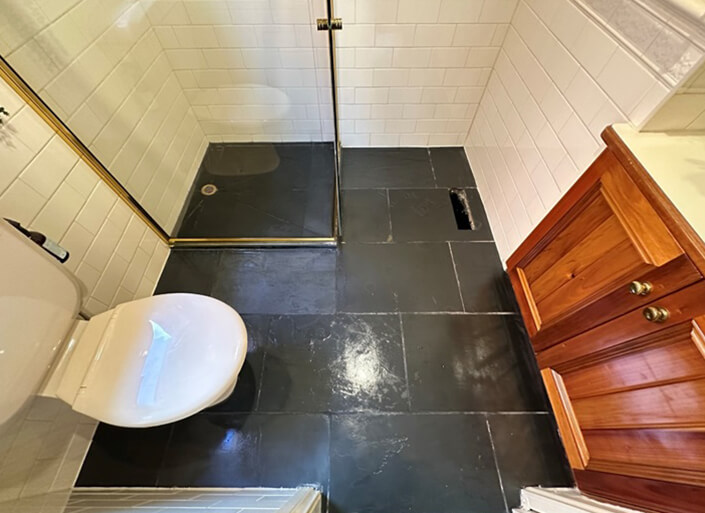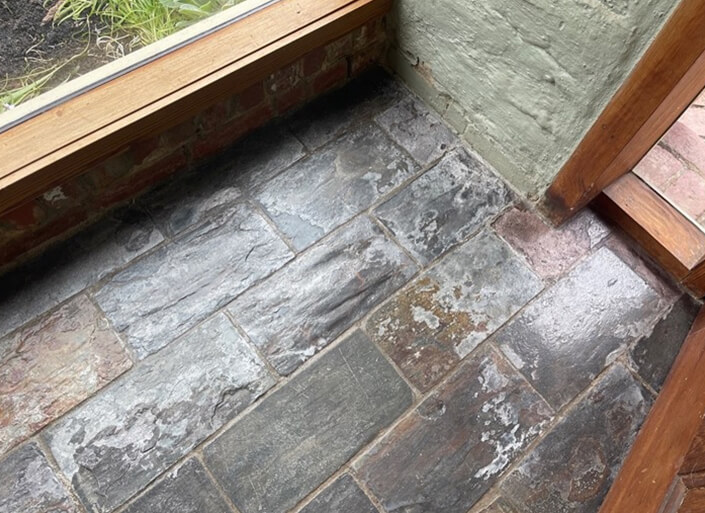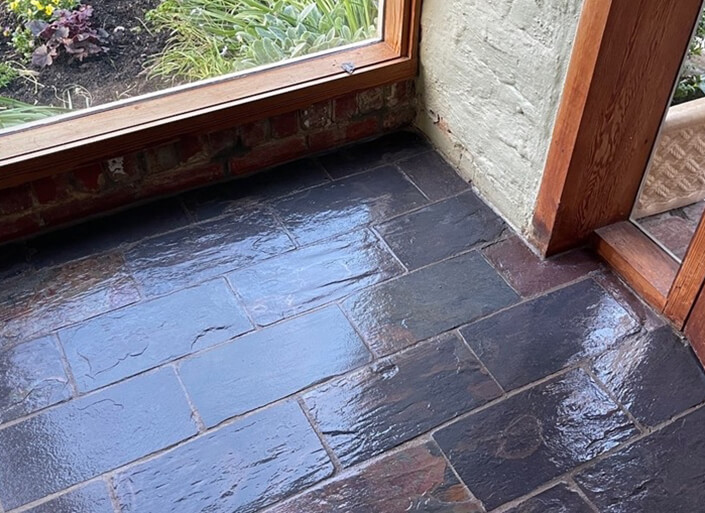Stripping, cleaning, and sealing is a comprehensive process used to restore and protect various surfaces. It involves removing old finishes, thoroughly cleaning the surface, and applying a protective sealant to enhance durability and appearance.
Stripping, cleaning, and sealing can be applied to a wide range of surfaces, including hard surface floors, natural stone countertops, concrete driveways, tile and grout, and outdoor surfaces.
Stripping, cleaning, and sealing provides several benefits. It rejuvenates the appearance of worn or dull surfaces, enhances durability by protecting against stains and wear, and simplifies maintenance by making surfaces easier to clean and maintain over time.
The frequency of stripping, cleaning, and sealing depends on various factors such as foot traffic, usage, and the type of surface. In general, it is recommended to have surfaces professionally stripped, cleaned, and sealed every 10 years or as needed to maintain their appearance and protection.
While it is possible to perform some stripping, cleaning, and sealing tasks yourself, it is recommended to seek professional assistance, especially for larger or more complex projects. Professionals have the expertise, equipment, and knowledge to ensure proper surface preparation, cleaning, and application of sealants.
The duration of the process depends on factors such as the size of the area, the condition of the surface, and the specific materials being treated. It can range from a few hours for smaller areas to several days for larger or more intricate projects. The professionals will provide you with a more accurate estimate based on your specific requirements.
The drying time after sealing can vary depending on the type of sealant used and environmental conditions. In general, it is recommended to wait at least 24 to 48 hours before regular use or placing furniture or heavy objects on the surface. The professionals will provide specific guidance based on the sealant used and the surface material.
Stripping, cleaning, and sealing can effectively remove many stains, dirt, and imperfections from surfaces. However, the success of the process depends on the severity and nature of the stains or damage. Some deep or permanent stains may not be completely removed, but the overall appearance and condition of the surface will be significantly improved.
It is generally recommended to wait until the sealed surface is completely dry and cured before resuming normal use. Following the professional’s advice regarding drying time is important to ensure the best results and long-lasting protection.
The longevity of the sealant depends on various factors such as the type of sealant used, the surface material, and the level of usage and maintenance. In general, a properly applied sealant can last several years before requiring reapplication. Regular cleaning and maintenance will help extend the lifespan of the sealant.
